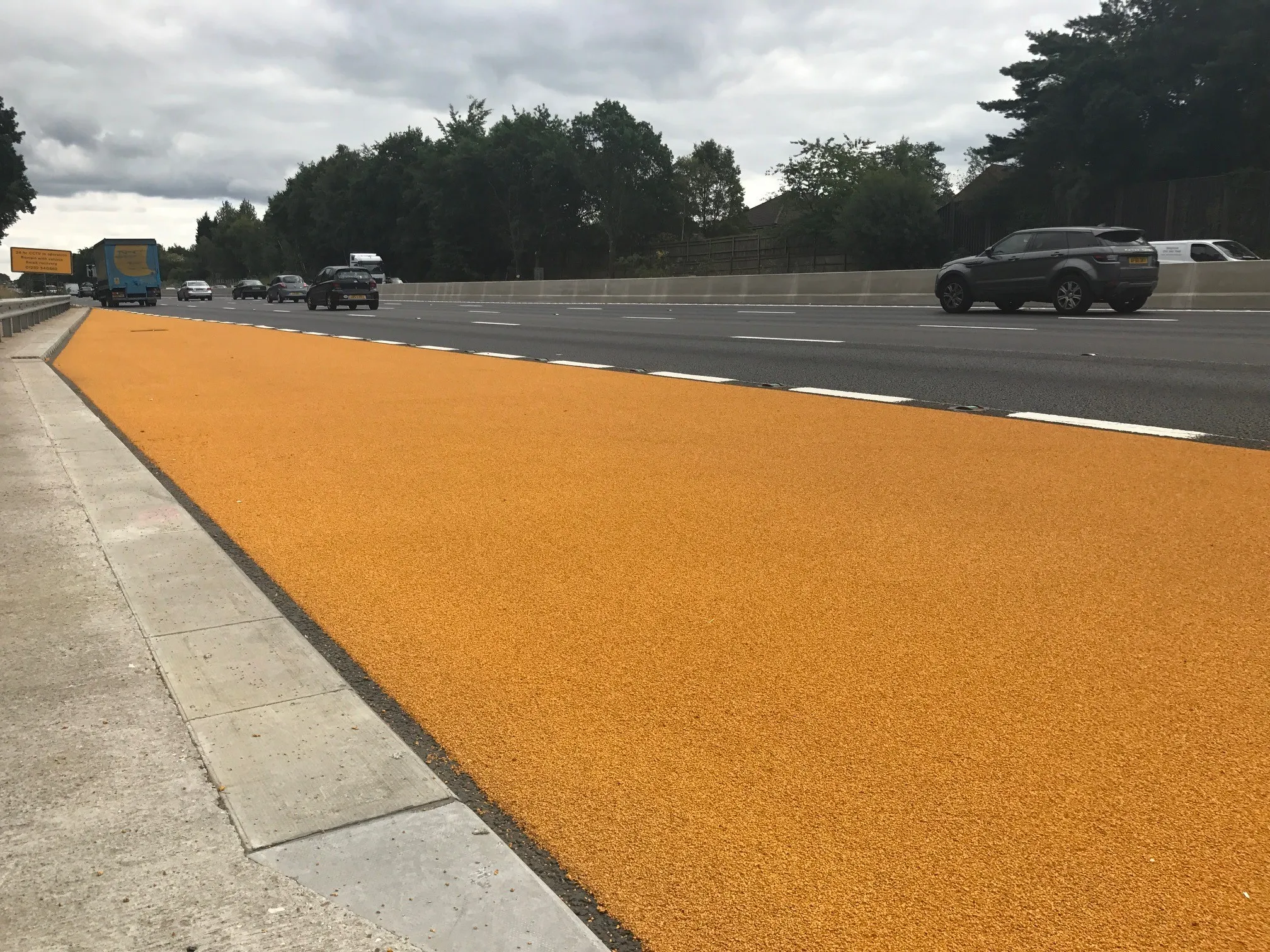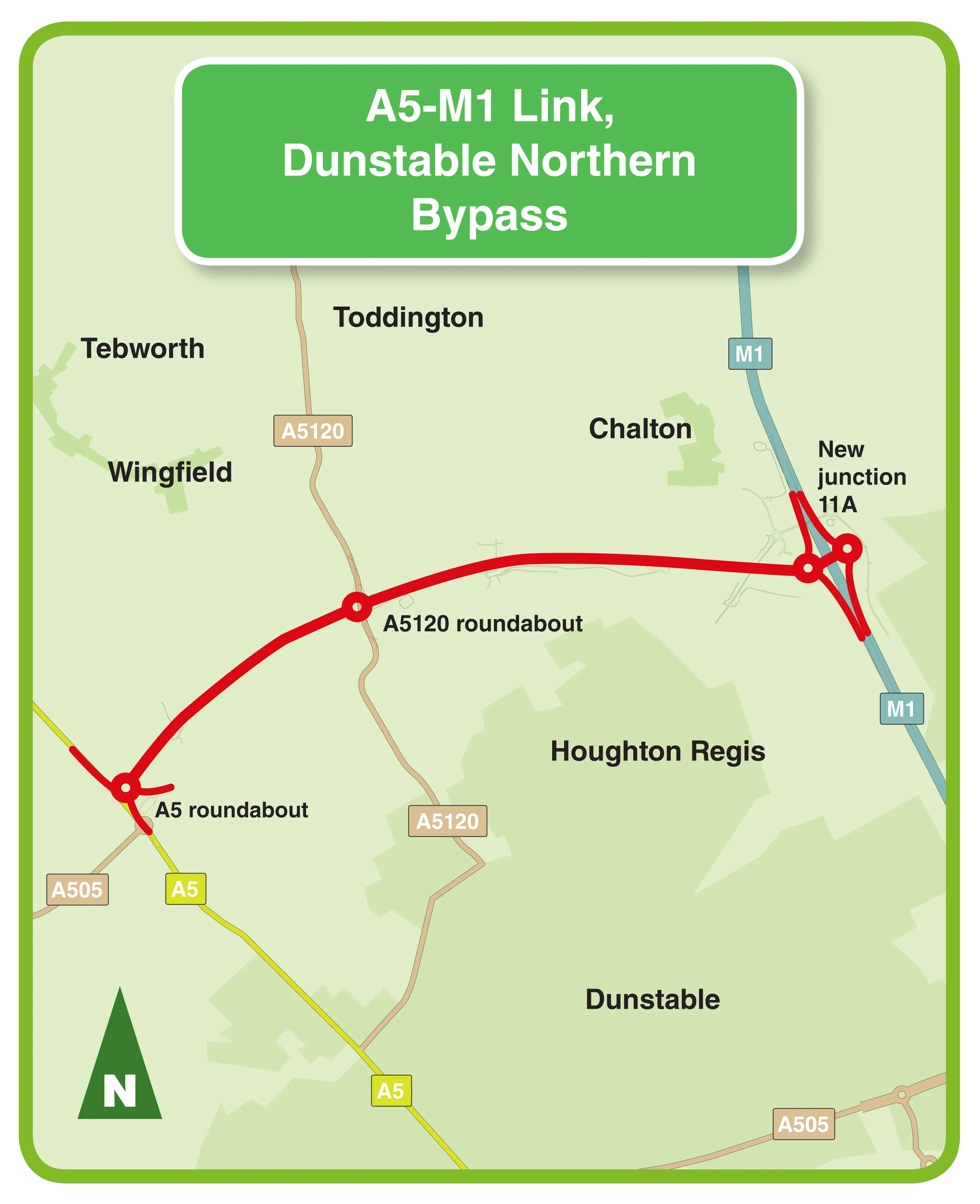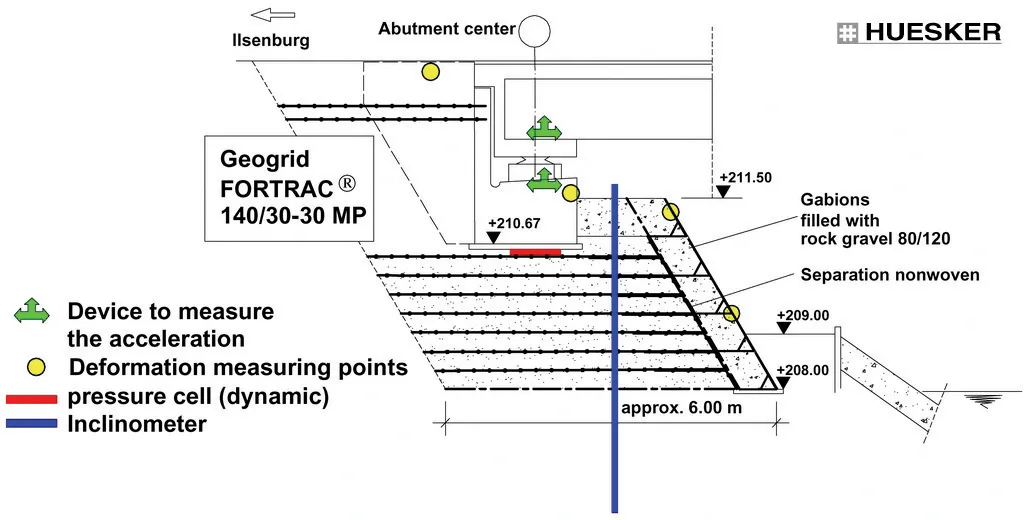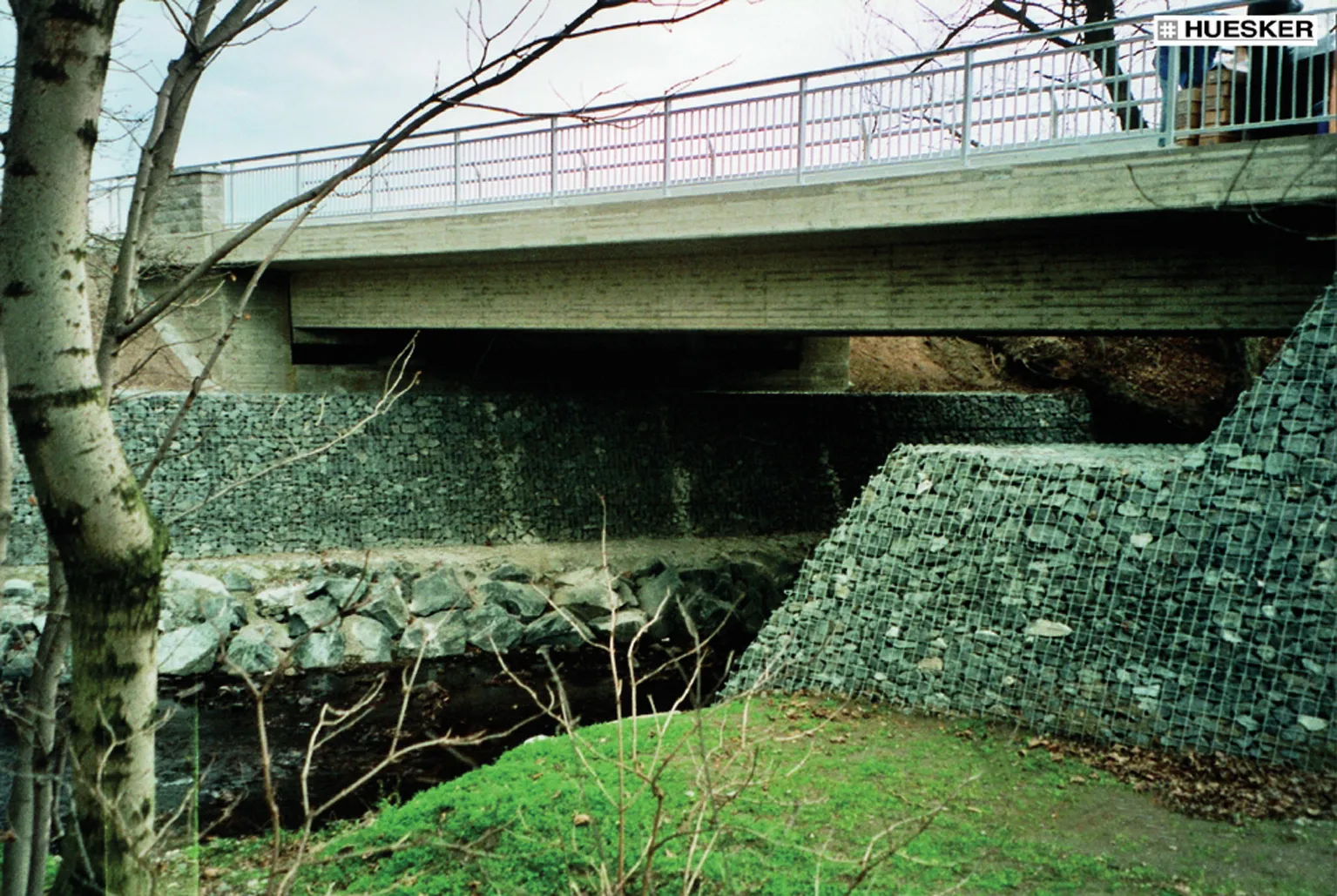In north-east England, work is underway to create an improved A19/A1058 Coast Road junction. The £75m scheme in the city of Newcastle involves the upgrade of a roundabout to an ambitious three-level interchange.
The Sisk Lagan joint venture, the main contractor, called upon Bauer Technologies, to complete the piling works for critical structures. Bauer’s parent company, Bauer Spezialtiefbau, is a global construction company specialising in complex and specialist foundation works, with its head office in
April 10, 2017
Read time: 2 mins
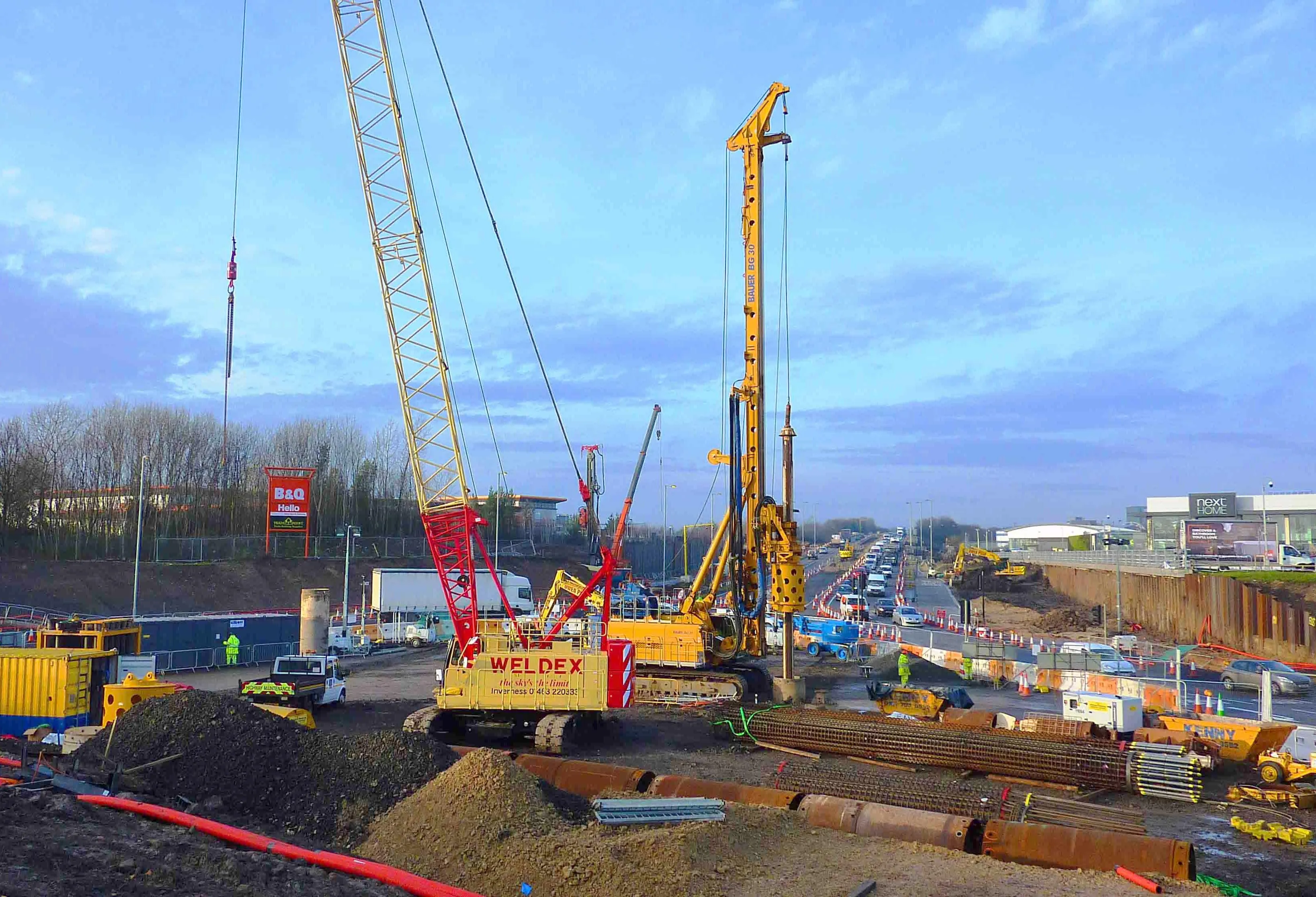
In north-east England, work is underway to create an improved A19/A1058 Coast Road junction. The £75m scheme in the city of Newcastle involves the upgrade of a roundabout to an ambitious three-level interchange.
The Sisk2340 Lagan joint venture, the main contractor, called upon 8350 Bauer Technologies, to complete the piling works for critical structures. Bauer’s parent company, Bauer Spezialtiefbau, is a global construction company specialising in complex and specialist foundation works, with its head office in Schrobenhausen, Germany.
Bauer’s scope of works is to install 583 contiguous rotary bored piles with diameters ranging from 600-1500mm. The piles, up to 31m long, are founded in sandstone bedrock to form contiguous pile walls, creating the trough for the future A19 “dive-under”. A number of the retaining wall piles also act as hybrid design elements by carrying the load of three major single-span bridges across the underpass. In order to verify the capacity of these critical foundations, Bauer will carry out three permanent pile load tests using the innovative Osterberg method.
The project is particularly challenging because it entails working within a major roundabout with a heavy volume of traffic, according to Martin Blower, managing director of Bauer Technologies.
In order to manage associated risks efficiently, Bauer is working closely with the joint venture and8100 Highways England – the government agency - to implement stringent health and safety processes. In addition, Bauer said that it is “enthusiastically participating” in Highways England’s “Raising the Bar” scheme designed to raise standards in working efficiencies and quality of workmanship, as well as health and safety.
Piling works started in December 2016, with mobilisation of a Bauer BG30 rig, which will be followed by a second machine in early 2017. Piling works will be carried out in two phases and are expected to be complete by the end of this year.
The Sisk
Bauer’s scope of works is to install 583 contiguous rotary bored piles with diameters ranging from 600-1500mm. The piles, up to 31m long, are founded in sandstone bedrock to form contiguous pile walls, creating the trough for the future A19 “dive-under”. A number of the retaining wall piles also act as hybrid design elements by carrying the load of three major single-span bridges across the underpass. In order to verify the capacity of these critical foundations, Bauer will carry out three permanent pile load tests using the innovative Osterberg method.
The project is particularly challenging because it entails working within a major roundabout with a heavy volume of traffic, according to Martin Blower, managing director of Bauer Technologies.
In order to manage associated risks efficiently, Bauer is working closely with the joint venture and
Piling works started in December 2016, with mobilisation of a Bauer BG30 rig, which will be followed by a second machine in early 2017. Piling works will be carried out in two phases and are expected to be complete by the end of this year.


